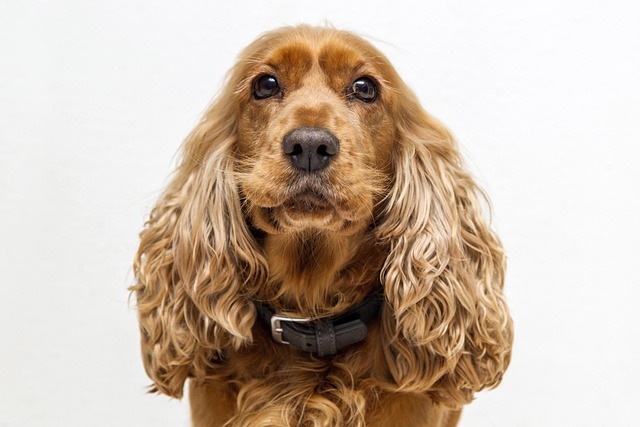
How do i train my dog to be obedient?
Watching your dog dart across the park ignoring your calls isn’t just frustrating—it can put them at risk near busy streets or public spaces.
Watching your dog cower behind your legs when another pup walks by can leave you feeling helpless. Socializing isn’t about forcing them to be the life of the party—it’s about helping them feel safe in the world, whether that means greeting a friend’s dog or calmly passing a stranger on the sidewalk. It takes time, but those small steps turn into big confidence.
Start small, with low-pressure interactions. Invite a friend with a calm, well-trained dog over for a visit. Keep both on leashes at first, letting them sniff from a distance. If your dog stays relaxed—no lunging, no growling—reward them with a treat and a quiet “good job.” Move closer slowly, stopping if either dog seems tense. Rushing this moment can set them back, and no one wants that.
Walks are great practice grounds, but stick to quiet streets first. Let them hear the sounds of kids laughing, bikes passing, without feeling overwhelmed. When another dog approaches, ask their owner if it’s okay to say hello. Not all dogs want to interact, and respecting that is part of good manners—for you and your pup. In many places, keeping your dog leashed in public isn’t just a rule; it’s how you keep everyone safe during these learning moments.
 Praise matters more than you think. When your dog glances at another dog and doesn’t react, that’s a win. A tiny treat, a soft pat, that happy tone in your voice—they’ll start to associate calm behavior with good things. Never scold them for being nervous; fear doesn’t teach confidence. Instead, redirect their attention to you with a toy or a command they know, like “sit,” then reward that focus.
Praise matters more than you think. When your dog glances at another dog and doesn’t react, that’s a win. A tiny treat, a soft pat, that happy tone in your voice—they’ll start to associate calm behavior with good things. Never scold them for being nervous; fear doesn’t teach confidence. Instead, redirect their attention to you with a toy or a command they know, like “sit,” then reward that focus.
Group classes can help, but pick ones that prioritize positive reinforcement. Look for trainers who keep sessions small and let dogs set their own pace. These spaces teach them that other dogs mean play, not stress, and you’ll learn to read their body language better—ears forward, tail loose means they’re ready; stiff posture, lip licking means they need a break.
Be mindful of their limits. Some dogs prefer one-on-one interactions over big groups, and that’s okay. Socialization isn’t about being friends with every dog—it’s about being able to coexist without fear. In busy areas, like downtown sidewalks or farmers’ markets, keeping them close and focused on you helps them stay calm, which makes those outings enjoyable for everyone.
Progress won’t be linear. There will be days they ace a park visit and days they shy away from a neighbor’s pup. That’s normal. What matters is showing up, staying patient, and celebrating every small victory. Watching your dog go from hiding to gently sniffing a new friend? That’s the kind of moment that makes all the effort worthwhile—for both of you.

Watching your dog dart across the park ignoring your calls isn’t just frustrating—it can put them at risk near busy streets or public spaces.

New puppy owners often find themselves rushing to clean up accidents before they set in, and that’s where puppy pad training becomes a game-changer.

If you've noticed your dog's waistline disappearing and your veterinarian has mentioned those few extra pounds, your first instinct might be to simply reduce the amount of food in their bowl.

Training a dog to use a designated spot indoors isn’t as daunting as many new owners fear, but it does take consistency and an understanding of your pet’s needs.

That moment of dread on a walk is all too familiar for many new dog owners. You see another dog approaching down the sidewalk of your neighborhood

If the sight of another dog on your neighborhood walk makes your heart sink as your own dog erupts into a frenzy of barking and lunging, you're not alone.